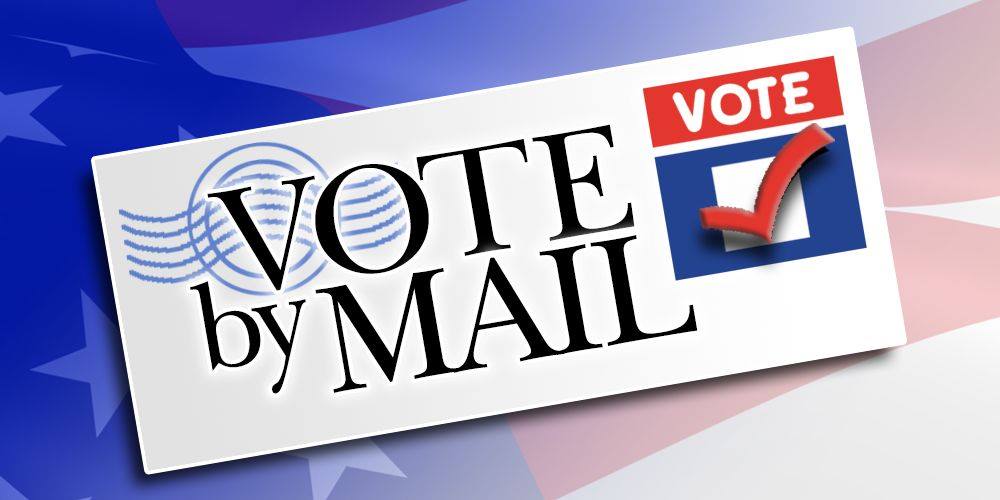
WHAT YOU NEED TO KNOW TO VOTE BY MAIL
The League of Women Voters of Vermont encourages voters to Vote-by-Mail in the General Election.In response to the Covid-19 pandemic, every registered voter will receive an absentee ballot by mid to late September, giving them the opportunity to vote by mail instead of going to the polls on November 3, 2020. If you are away from home, at college, or overseas, you can request an absentee ballot be mailed to you. You will also have the option to vote in-person at the polls on November 3.
KEY POINTS
- Mail-In/Absentee voting is not new in Vermont.
- Absentee/ Mail-In voting is Accessible, Convenient, and Secure!
- There are safeguards and protocols in place to protect ballot integrity and deter violations for both, mail-in and in-person voting. There is no record of serious abuse.
- Mail-in Voting eliminates the need to travel to the polls on Election Day.
- Early voting begins as soon as you receive your ballot.
- Follow instructions. Sign the certificate on your Voted Ballot Envelope.
- The deadline to return your ballot is November 3 or it does not count. Postmark date not valid.
- Eligible voters may still register and vote up to and on November 3, 2020
- Polls will be open for the General Election on November 3, 2020.
WHY MAIL-IN VOTING?
Mail balloting is popular with voters because they don’t have to stand in line to cast ballots and can vote at their convenience in the weeks leading up to Election Day. It is accessible, safe, and secure.
Sue Racanelli, President of the League of Women Voters of Vermont…
“In these uncertain times, with a virus raging, mail-in voting is plain common sense. Vermonters must have the option to vote from the safety of their homes.”
RESPONSES TO CONCERNS ABOUT FRAUD WITH MAILED BALLOTS
There is no evidence that mail ballots increase electoral fraud as anti-fraud protections built into the process make it difficult to impersonate voters or steal ballots. Procedures in use safeguard against abuse and ensure the integrity of the voting process.
Amber McReynolds, CEO, National Vote at Home Institute….
“Over the past 20 years, more than 250 million ballots have been cast by mail nationwide, while there have been just 143 criminal convictions for election fraud related to mail ballots. That averages out to about one case per state every six or seven years, or a fraud rate of 0.00006%.”
Darrel M. West, Vice President & Director of Governance Studies, Brookings Institute…
“For years, military personnel stationed abroad have voted by absentee ballot with virtually no claims of election fraud. ”
Richard L. Hasen, Election Law professor, Brennan Center for Justice….
“While mail ballots are more susceptible to fraud than in-person voting, it is still more likely for an American to be struck by lightning than to commit mail voting fraud!”
MAIL-IN VOTING DOES NOT FAVOR ONE POLITICAL PARTY OVER ANOTHER
According to the Brookings Institute, research conducted by Stanford University on elections from 1946-2018 found no partisan advantage to either party based on voting by mail.
https://siepr.stanford.edu/sites/default/files/publications/20-015.pdf
RESOURCES
sos.vermont.gov. Vermont Secretary of State
canivote.org. National Association of Secretaries of State
VOTING BY MAIL? WHAT SHOULD YOU DO?
- Check your voter registration status. Contact your Town Clerk or check mvp.vermont.gov.
- Make the decision to mail-in your ballot for health and safety reasons.
- Follow instructions and make sure you sign and date your ballot envelope.
- Mail your ballot back as early as you can or hand-deliver it to your Town Clerk.
- Call your Town Clerk if you have not received your mail-in ballot by October 9.
- Drop your ballot off at your Town Clerk’s office up to the day before the election or take it to the polls on Election Day if you have not mailed in your ballot by Monday, October 26.